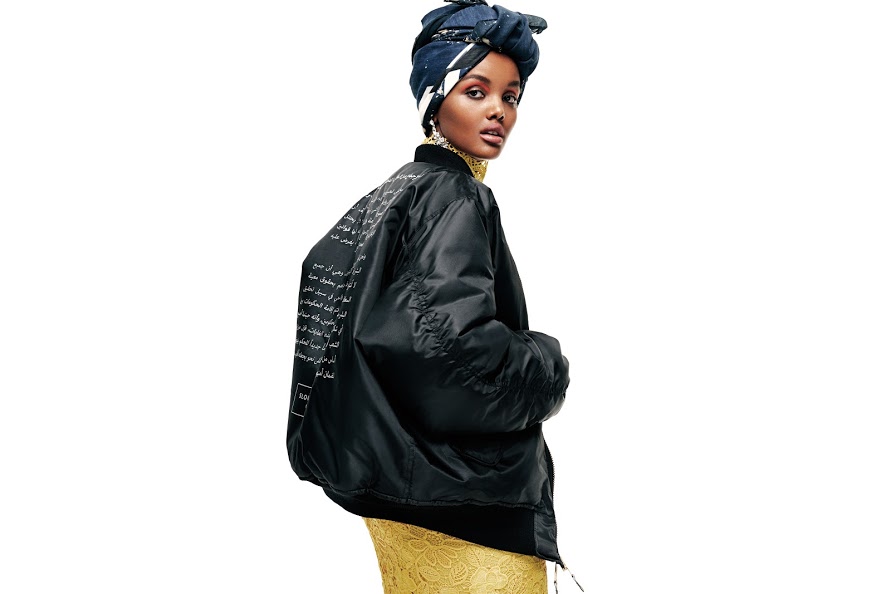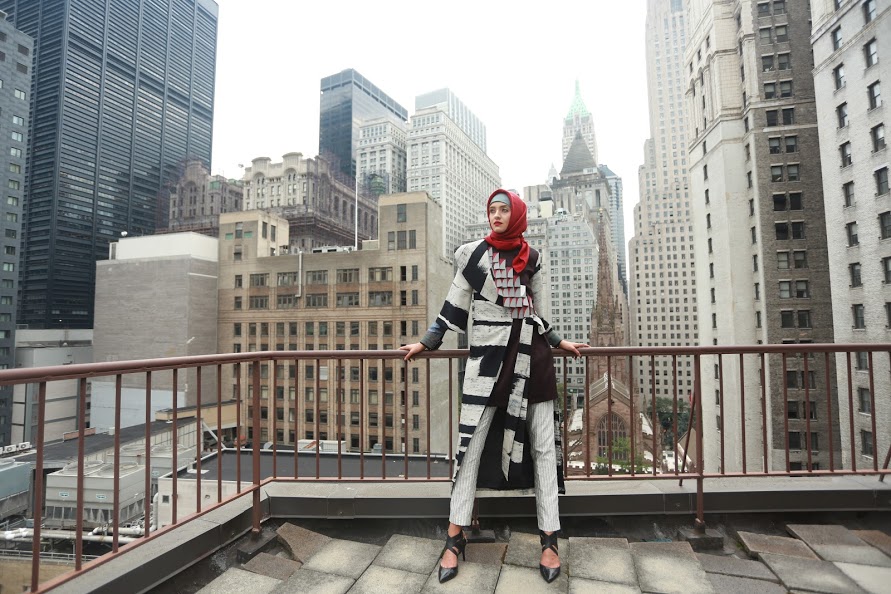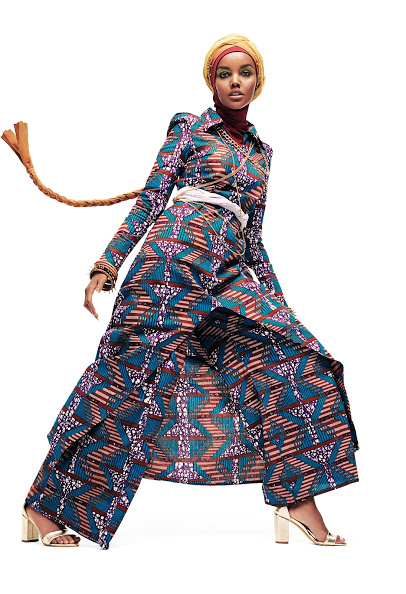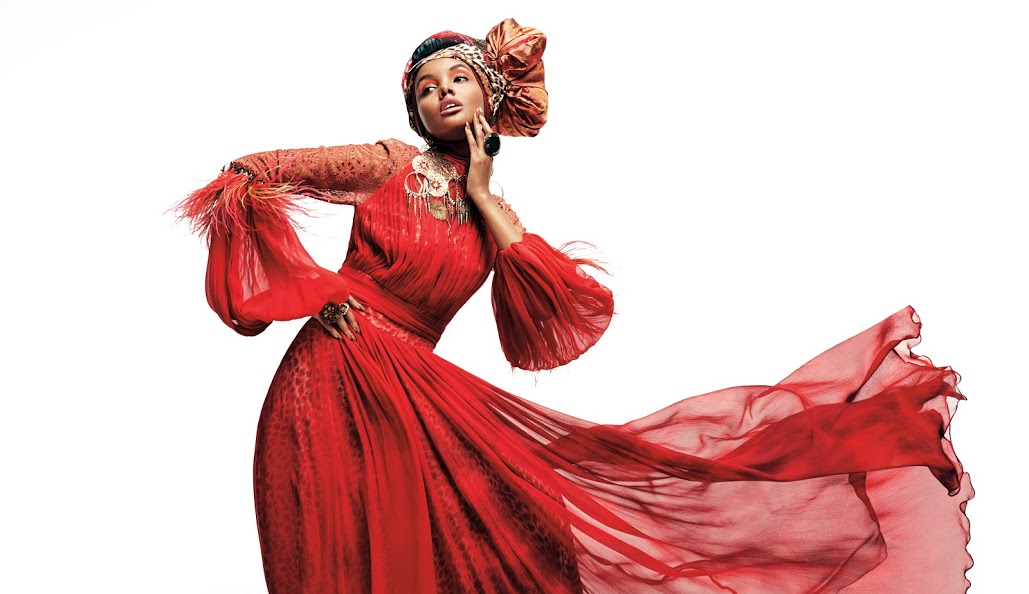Contemporary Muslim Fashions is a new exhibit at the de Young Museum in San Francisco, and the first of its kind that attempts to explore the complex nature of Muslim dress worldwide. “It examines how Muslim women — those who cover and those who do not — have become arbiters of style within and beyond their communities and, in so doing, have drawn attention to the variations and nuances of their daily lives,” according to the press release. It features over 80 looks from emerging designers to high-end fashion houses.
For years, Muslim women and “hijabistas” have called for equal attention and representation in fashion. Hijabistas, or hijab fashionistas, like The Hijab Stylist took matters of filling the void into her own hands by launching her own modest clothing label. Dolce & Gabbana debuted a spring/summer 16 collection of hijabs and abayas. Just last year, Nike introduced the Nike Pro Hijab for sport, made of high-tech fabrics, and Max Mara sent muslim model Halima Aden down the runway wearing a hijab, sparking international coverage. In February, the brand did the same and Aden was joined by newcomer Amina Adan, but few batted an eyelash. Still, many of these Western attempts to incorporate the hijab into mainstream fashion can be seen as controversial.

“Somewhere between the politicization of the hijab and the reality of the fastest growing high-income demographic in the world, mainstream brands woke up to the existence of the Muslim shopper. With a projected global spending capability of up to $484 billion on fashion and retail by 2019, Muslims’ consumption habits indicate they are serious about style. But until recently, most Western retailers paid scant attention to how Muslim women wanted to dress, which in part gave rise to an alternative “modest fashion industry” where designers, stylists, and bloggers found avenues to reconcile faith and fashion for themselves,” i-D reported in 2016.
The exhibit spans these milestones in the modest fashion industry, but also the diversity in head coverings globally, across Muslim nations. All the while Western countries are frequently up in arms over the veil. Denmark, Austria, Belgium, and France have completely banned the veil in public, while President Trump’s travel ban on majority-Muslim countries is the latest example of anti-Muslim narratives shaping U.S. policy.

Additionally, the exhibit spotlights garments made my diasporic communities in the U.S. and the U.K. Brooklyn-based designer Céline Semaan Vernon of Slow Factory and Saiqa Majeed of Saiqa London, are two examples that demonstrate how migration and relocation have shaped social and religious practices, as well as dress codes. Slow Factory even recently teamed up with the American Civil Liberties Union (ACLU) to create a collection in response to Trump’s travel ban.
“At a time when Muslim women are being increasingly targeted for using their fashion choices to assert their independence and identity, we hope that this exhibition will allow a positive review and examination of a community that’s often talked about, but rarely given the chance to speak and present itself,” Gisue Hariri, one of two Iranian-born sisters whose architecture firm designed the galleries, told the Associated Press.

Learn more about the exhibit in detail, here.
